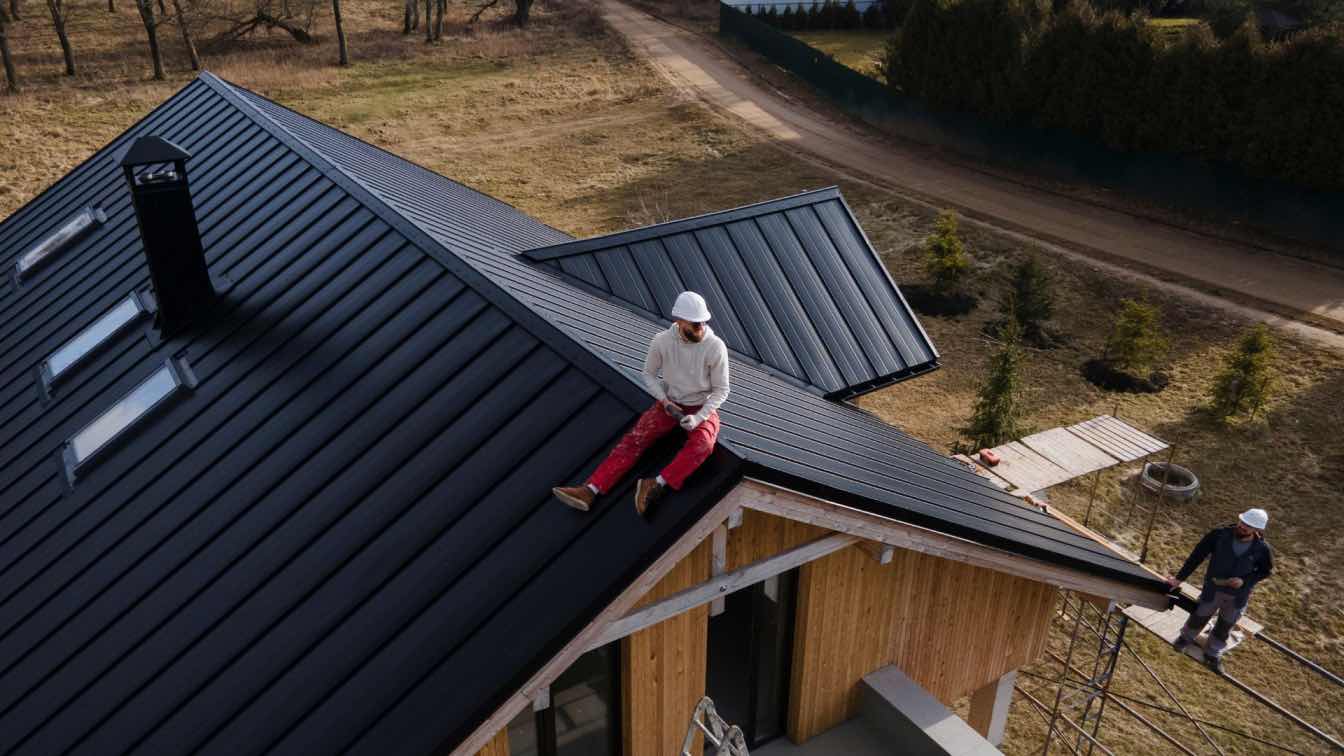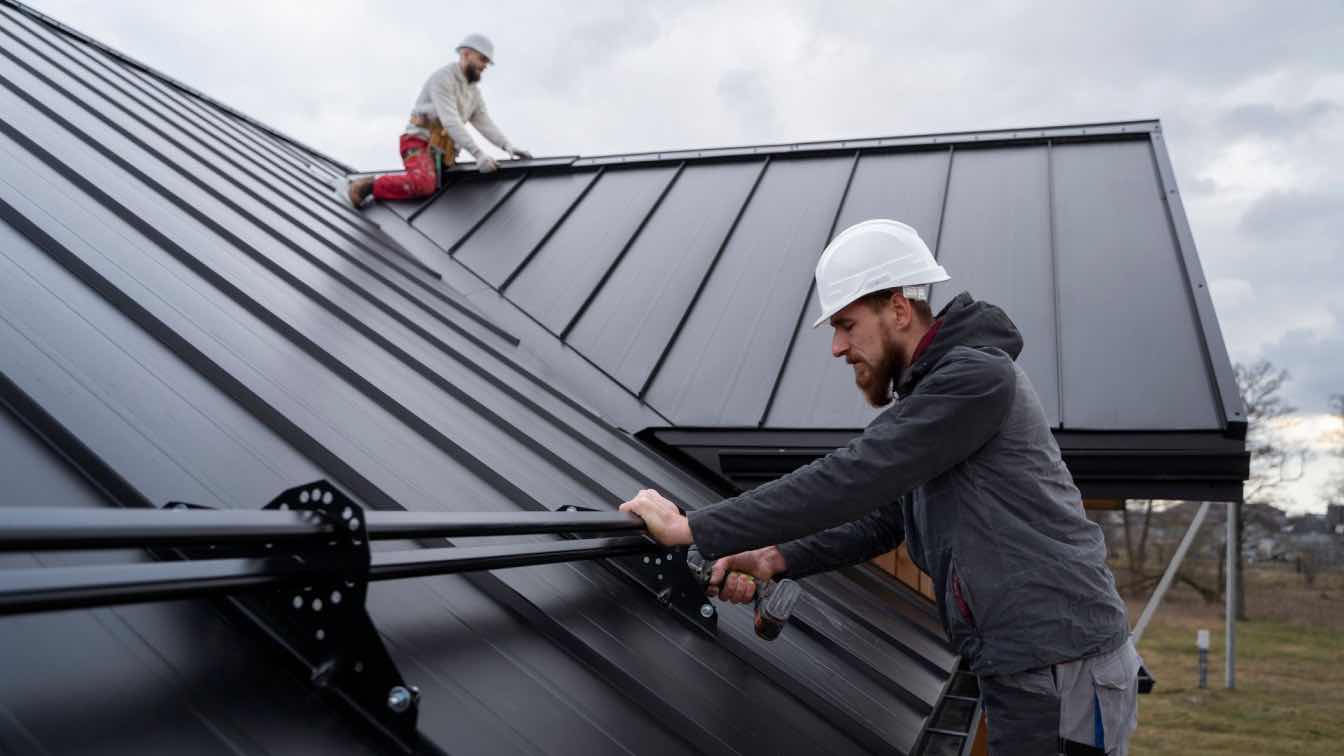Roof design is one of the most influential elements in determining the overall architectural style of a home. The shape, material, and color of a roof can define the character of a house and enhance its aesthetic appeal. Whether your home features a traditional style or a more contemporary look, your roof plays a critical role in shaping its identity. Here are six ways that roof design influences your home's architectural style.
Shape Defines the Era and Style
The shape of a roof is often the first indicator of the home’s architectural period or style. For instance, gable roofs—simple triangular structures—are characteristic of classic American homes, such as colonial and Cape Cod designs. These roofs lend a timeless quality and are highly versatile, fitting a variety of styles. On the other hand, flat roofs are often seen in modern or mid-century architecture, giving homes a sleek, minimalist appearance.
Roof shapes like the mansard roof, popular in French-style homes, or the hipped roof, common in Mediterranean-inspired architecture, help evoke a sense of grandeur or old-world charm. If you live in Oklahoma, for example, looking up Tulsa roof maintenance is a good first step in locating the right professional services. No matter the style, keeping your roof in top condition through regular maintenance is essential for preserving both the aesthetic and structural integrity of your home.
Materials Contribute to the Style
The material you choose for your roof also plays a crucial role in defining your home's architectural style. Traditional homes, such as Victorian or Tudor styles, often feature slate or wood shingles, which complement the intricate detailing of these older architectural styles. These materials add texture and authenticity to homes with more historical influences.
Modern and contemporary homes, by contrast, often use metal or concrete for roofing. These materials offer clean lines and a polished finish that aligns with the minimalist design principles of modern architecture. Additionally, eco-friendly materials like solar tiles or green roofs are becoming popular in sustainable architecture, integrating modern technology with style.
Color and Aesthetics
Roof color can either enhance or diminish the overall look of your home. Lighter colors, such as beige, white, or light gray, are typically used in Mediterranean or beach-style homes to reflect the sun's heat and keep the house cooler. Meanwhile, darker colors like black, dark gray, or brown are more common in traditional and rustic homes, adding depth and contrast to the exterior design.
The color of your roof should complement your home's exterior walls, windows, and trim for a cohesive look. It’s also important to consider how the color of your roof interacts with the surrounding environment. A well-chosen roof color can help your home blend into a natural setting or make it stand out as an architectural statement.
Enhances Energy Efficiency
While roof design is often considered from an aesthetic perspective, it also plays a vital role in a home’s energy efficiency. For example, the shape and materials used can significantly impact how well your home retains heat or stays cool, directly influencing your energy bills.
Green roofs, which incorporate vegetation, can help regulate the temperature of a home, providing insulation during colder months and absorbing heat in the summer. Reflective metal roofs or solar tiles are other modern options that contribute to energy efficiency by reflecting sunlight and reducing heat absorption. Roofs designed with energy efficiency in mind can also boost your home’s resale value, as more buyers are looking for homes with eco-friendly features.
Roof Pitch Influences Style and Function
The pitch, or slope, of your roof, is another defining element of architectural style. Homes with a steep roof pitch are often associated with more traditional styles, such as Gothic or Victorian architecture. These roofs are not only visually striking but are also highly functional, allowing for better drainage in areas with heavy rainfall or snow.
On the other hand, homes with low-pitch or flat roofs are common in modern and mid-century styles, where the emphasis is on sleek, clean lines. While these roofs may not offer the same level of drainage as steep roofs, they provide additional living or outdoor space, such as a rooftop terrace, which can enhance the usability of the home.
Structural Integrity and Longevity
A well-designed roof doesn’t just improve your home’s appearance—it also ensures long-term durability and protection. The right design choices can extend the lifespan of your roof, particularly when combined with routine roof maintenance. Architectural styles that require heavy materials like slate or tile must be supported by a robust structure to prevent damage over time. Regular inspections and repairs are essential to maintaining both the aesthetic and functional aspects of your roof.
Homes with more intricate roof designs, such as those featuring dormers, valleys, or complex gable systems, often require more maintenance to prevent leaks and other issues. However, these roofs also offer more depth and character to the home, making them worth the investment for homeowners who prioritize style.
Roof design is a critical aspect of home architecture that blends aesthetics with function. By carefully selecting the shape, material, color, and pitch of your roof, you can enhance your home's architectural style while ensuring its longevity and energy efficiency.





